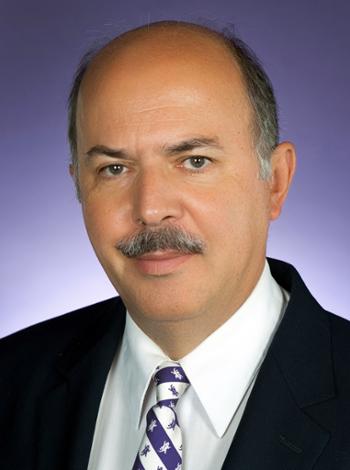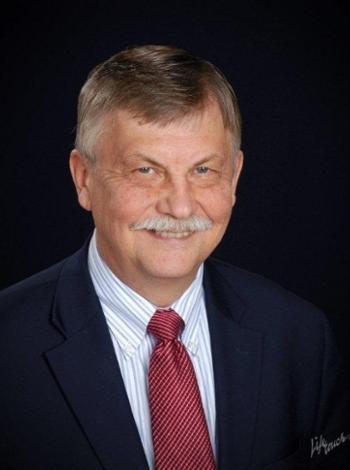 Just Desserts by Katy Vine (Author), Lydia Mackay (Narrator)
Just Desserts by Katy Vine (Author), Lydia Mackay (Narrator)Originally published in print in October 2010; Audio version published in 2018
Journal Title: Texas Monthly
Synopsis: In partnership with Texas Monthly, Katy Vine's "Just Desserts" is now available as an audio download, where the length and timeliness of a podcast meets the high-quality production of a full-length audio program. Mr. and Mrs. Jenkins led a perfectly adequate middle class life in Corsicana, Texas. Mr. Jenkins, Sandy, worked as an accountant at Collin Street Bakery, world-famous for their fruitcakes. Kay, Mrs. Jenkins, was the more outgoing of the two, the one that friends and neighbors actually noticed and didn't mind talking to. Feelings of adequacy and invisibility weighed on Sandy, and were only compounded by his admiration of boss bakery owner Bob McNutt, a man who reminded him daily that others were respected and were living more luxurious lives than he. One day, Sandy decided to seize a bit of that respect and finer life he admired so much in McNutt for himself. With just a bit of manipulation of the bakery's accounts, Sandy wrote the first of many checks in the company's name to pay for the life of luxury he envisioned was his right. Combining a quintessential tale of living above one's means with the addiction of committing a crime time and again without getting caught, Katy Vine delivers the hard-to-imagine story of the Jenkinses and their mysterious rise through Corsicana society.
Narrator: Lydia Mackay, Assistant Professor, Theatre
 A Context-Aware Multi-Armed Bandit Incentive Mechanism for Mobile Crowd Sensing Systems by
A Context-Aware Multi-Armed Bandit Incentive Mechanism for Mobile Crowd Sensing Systems by  A Scheme for Trustworthy Friendly Jammer Selection in Cooperative Cognitive Radio Networks by
A Scheme for Trustworthy Friendly Jammer Selection in Cooperative Cognitive Radio Networks by  Just Desserts by
Just Desserts by  SMITE (video game); voice of Hera by
SMITE (video game); voice of Hera by  Promoting Collegial Teacher Supervision: Applying Solution Focused Strategies in a Clinical Supervision Cycle by
Promoting Collegial Teacher Supervision: Applying Solution Focused Strategies in a Clinical Supervision Cycle by  Service-Learning in the Latino Community v.17 & v.18 by
Service-Learning in the Latino Community v.17 & v.18 by  Grid-Independent Residential Buildings with Renewable Energy Sources by
Grid-Independent Residential Buildings with Renewable Energy Sources by  Substitution of Coal Power Plants with Renewable Energy Sources – Shift of the Power Demand and Energy Storage by
Substitution of Coal Power Plants with Renewable Energy Sources – Shift of the Power Demand and Energy Storage by  The Best Books in Christian Historical Fiction by
The Best Books in Christian Historical Fiction by  Scenes of Patristic Life: Contemporary Literature and the First Christian Theologians by
Scenes of Patristic Life: Contemporary Literature and the First Christian Theologians by  “The Living and Enduring Voice”: Papias as Guarantor of Early Apostolic Plotting of Incipient Synoptic Traditions by
“The Living and Enduring Voice”: Papias as Guarantor of Early Apostolic Plotting of Incipient Synoptic Traditions by  Luke the Historian of Israelr's Legacy, Theologian of Israelr's 'Christ' by
Luke the Historian of Israelr's Legacy, Theologian of Israelr's 'Christ' by  Graphene Oxide as a Multifunctional Platform for Intracellular Delivery, Imaging, and Cancer Sensing by
Graphene Oxide as a Multifunctional Platform for Intracellular Delivery, Imaging, and Cancer Sensing by  Nitrogen-doped Graphene Quantum Dots: Optical Properties Modification and Photovoltaic Applications by
Nitrogen-doped Graphene Quantum Dots: Optical Properties Modification and Photovoltaic Applications by  Geometric Divisors in Normal Local Domains by
Geometric Divisors in Normal Local Domains by